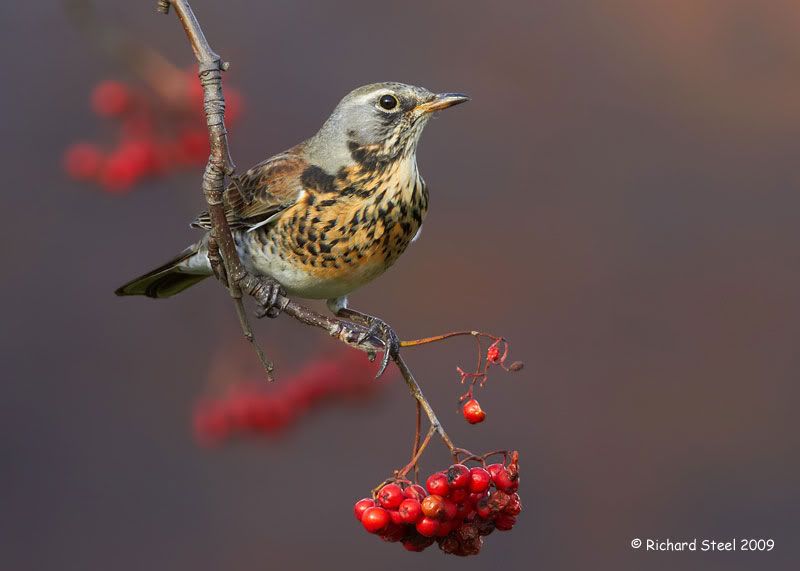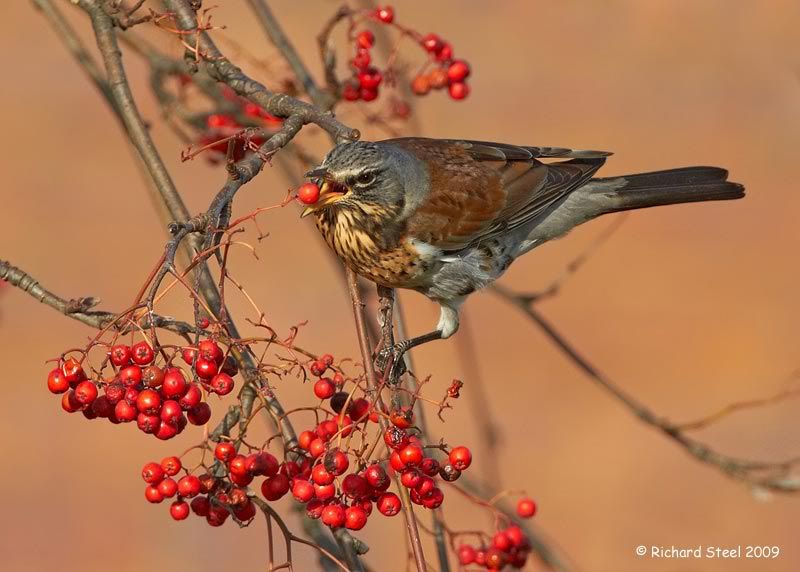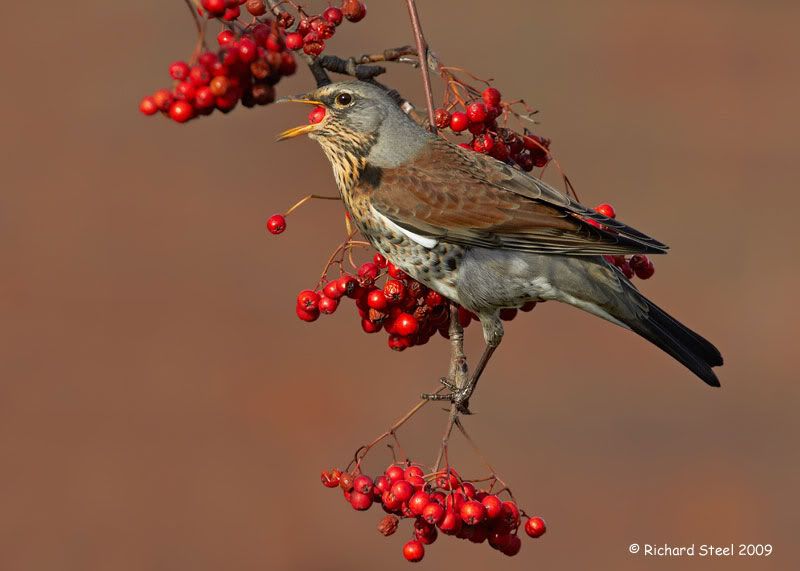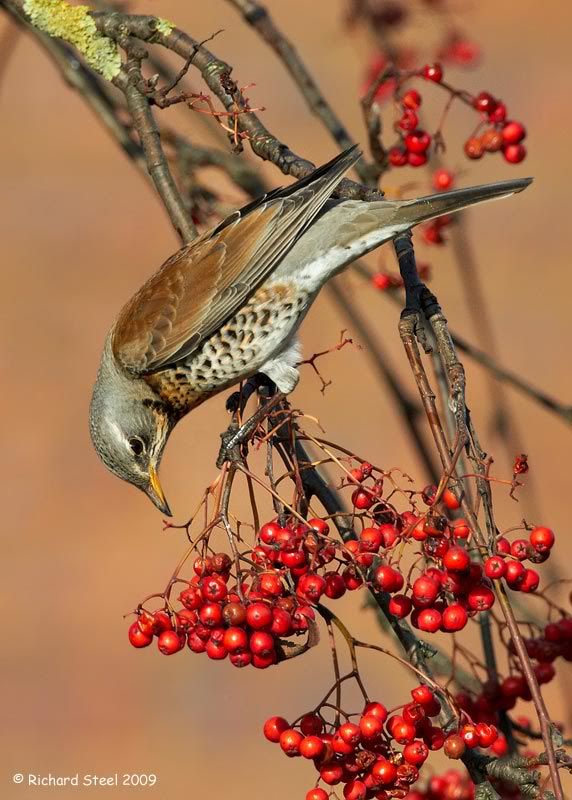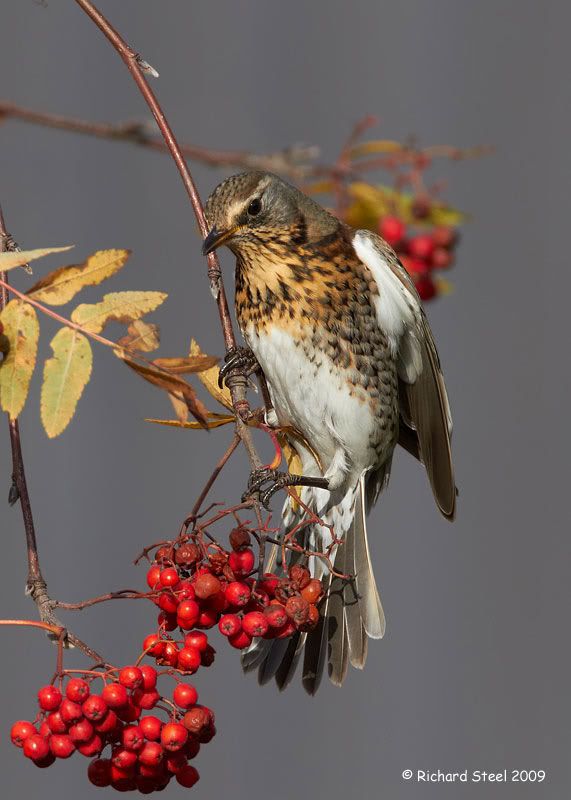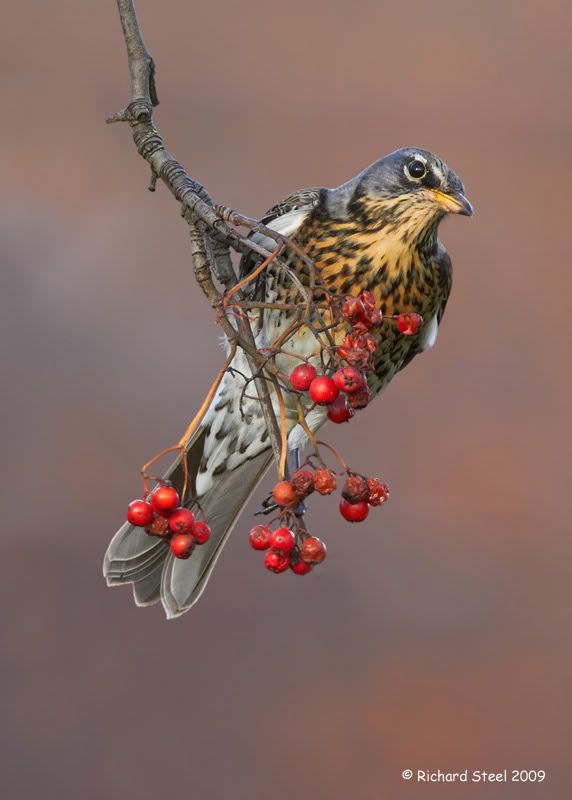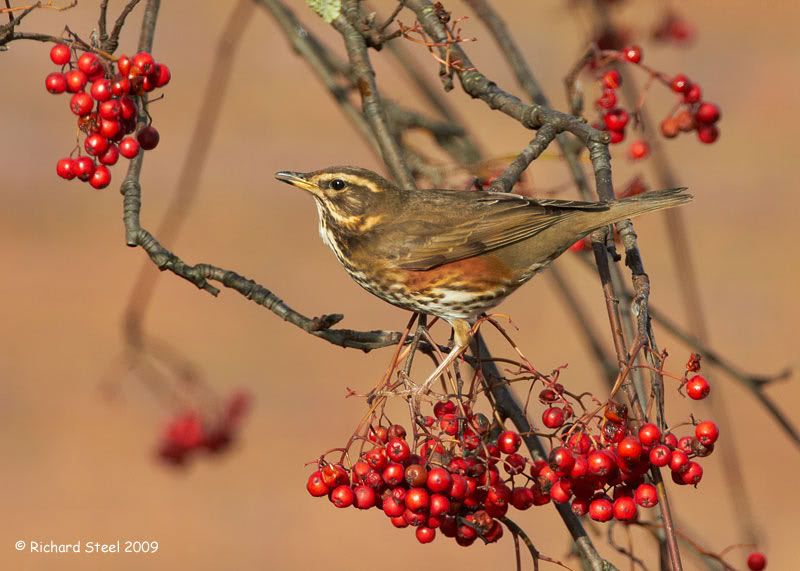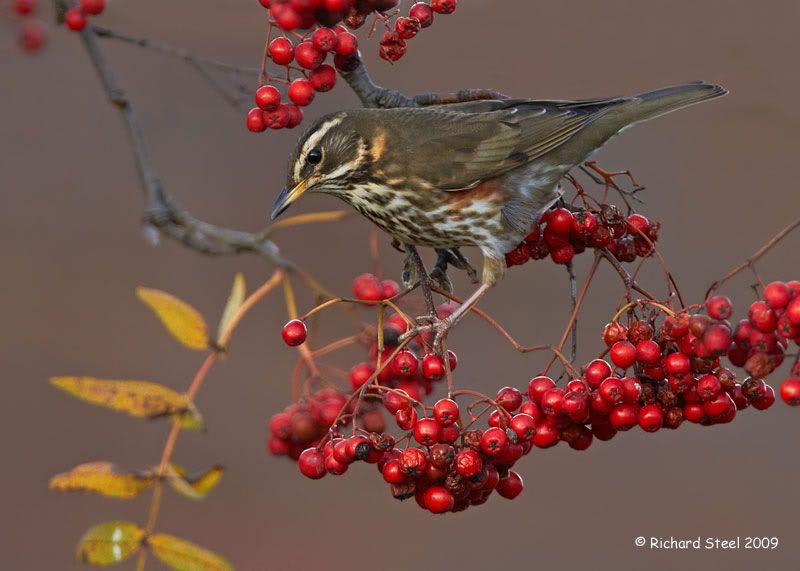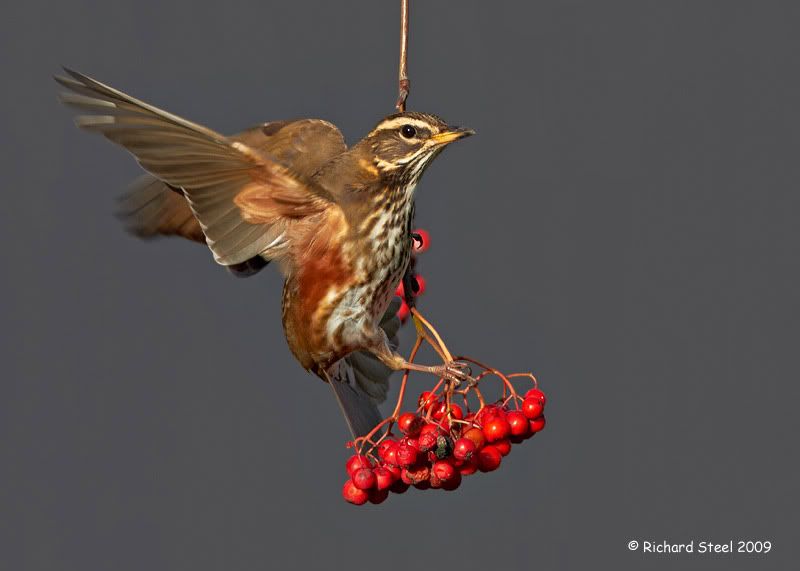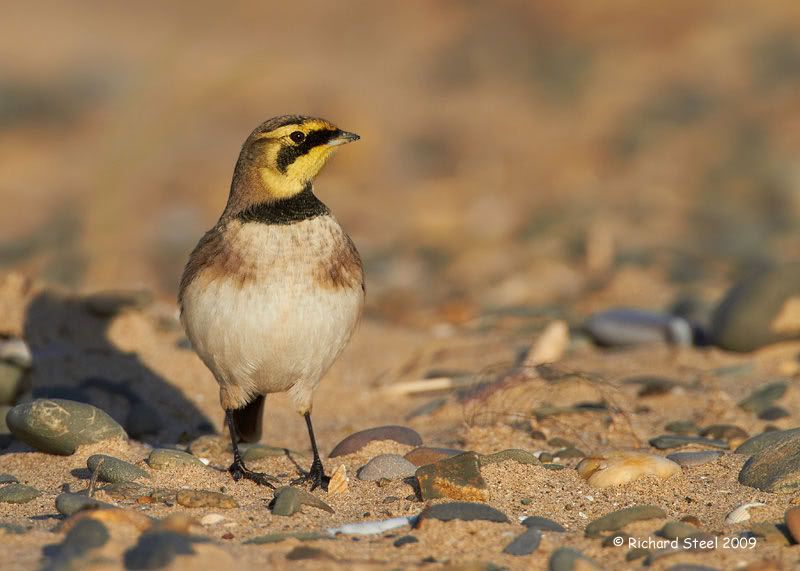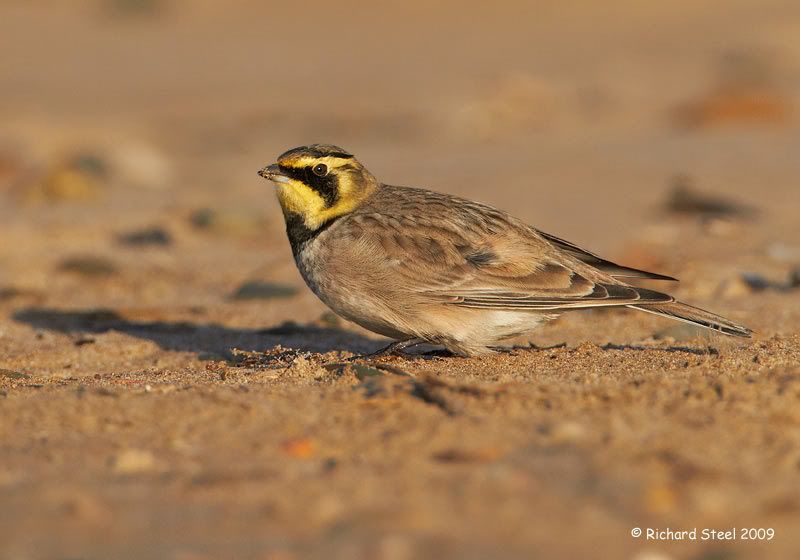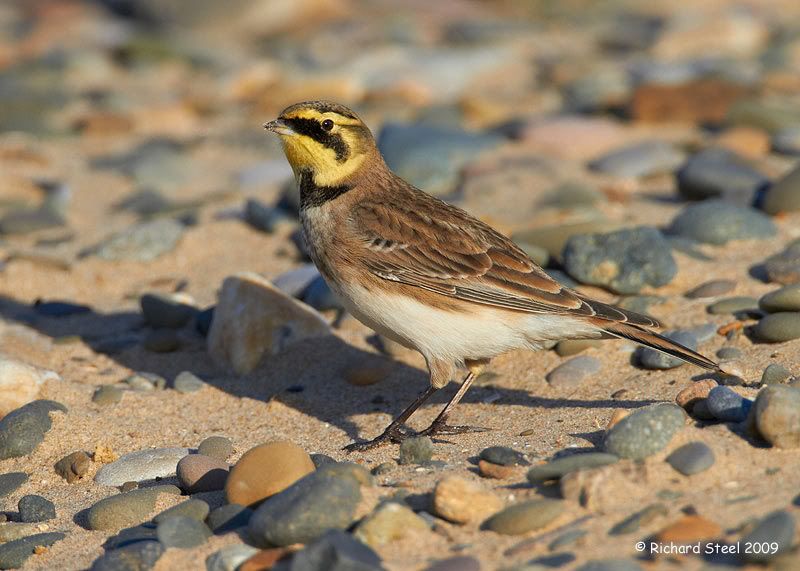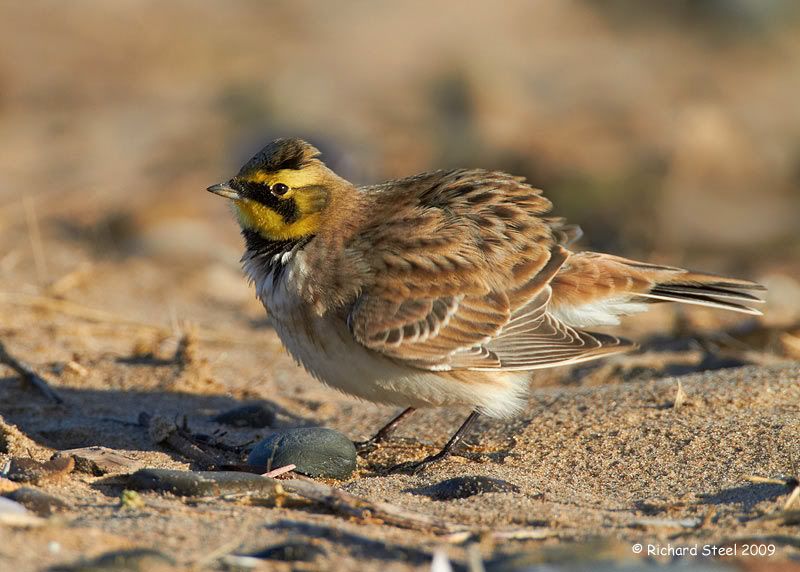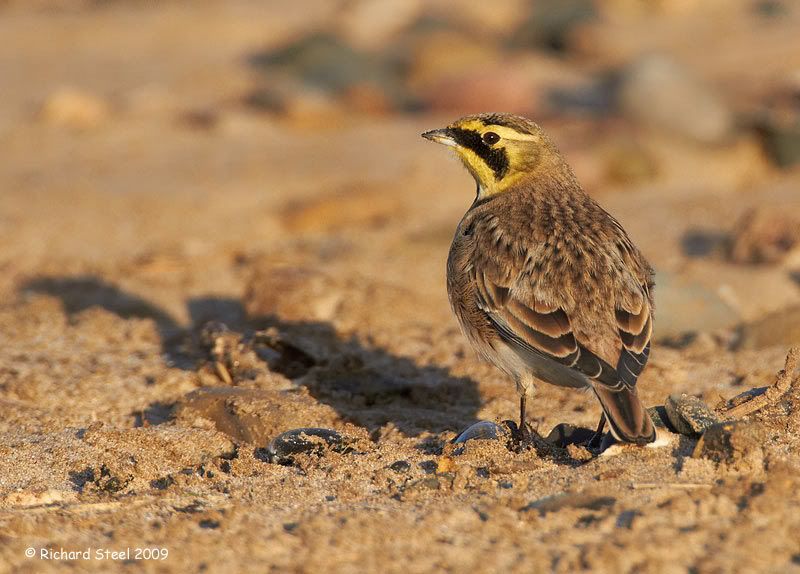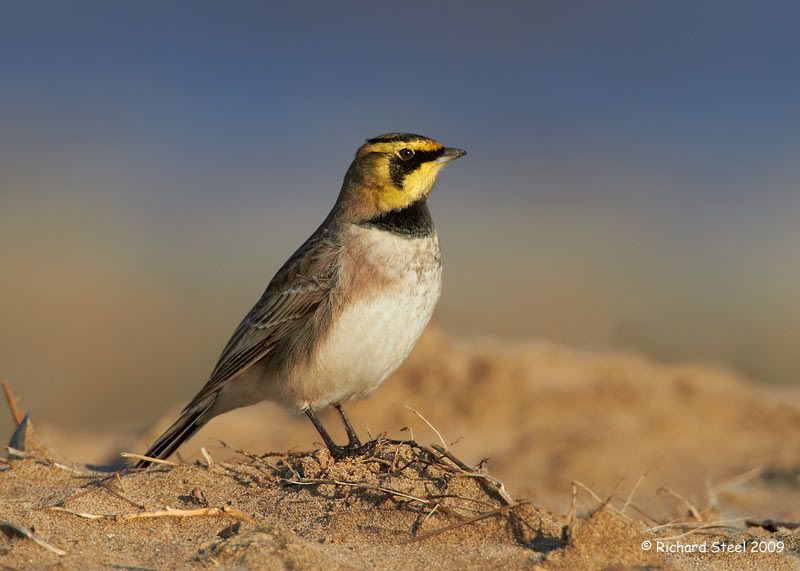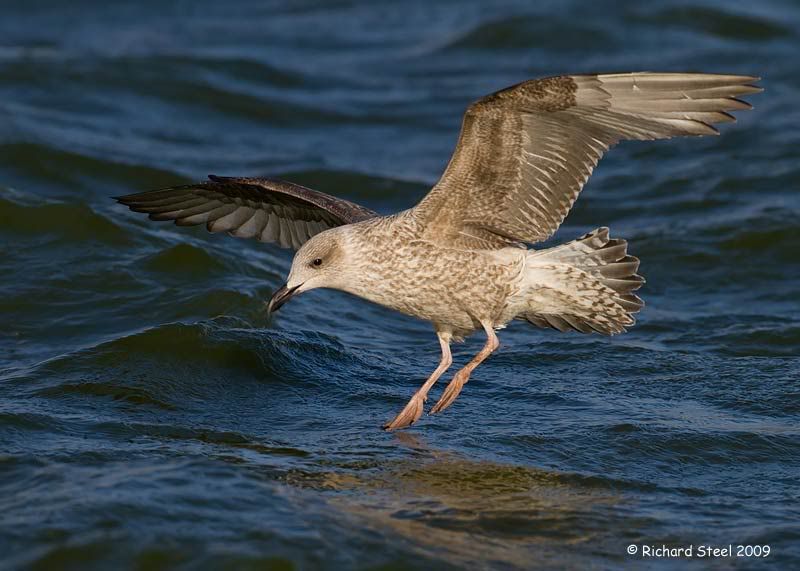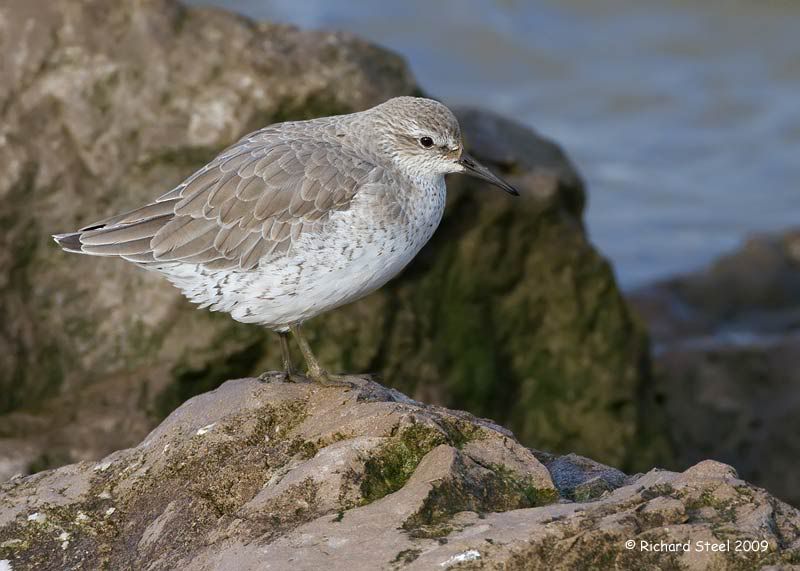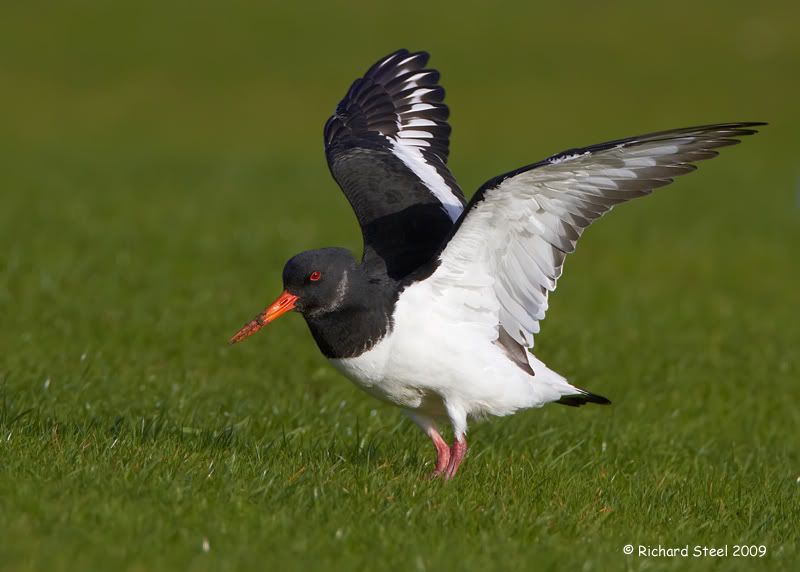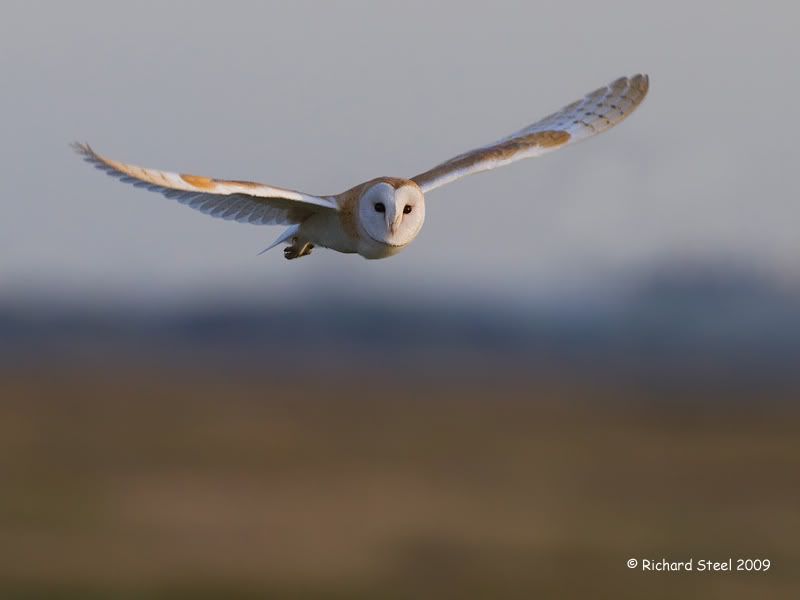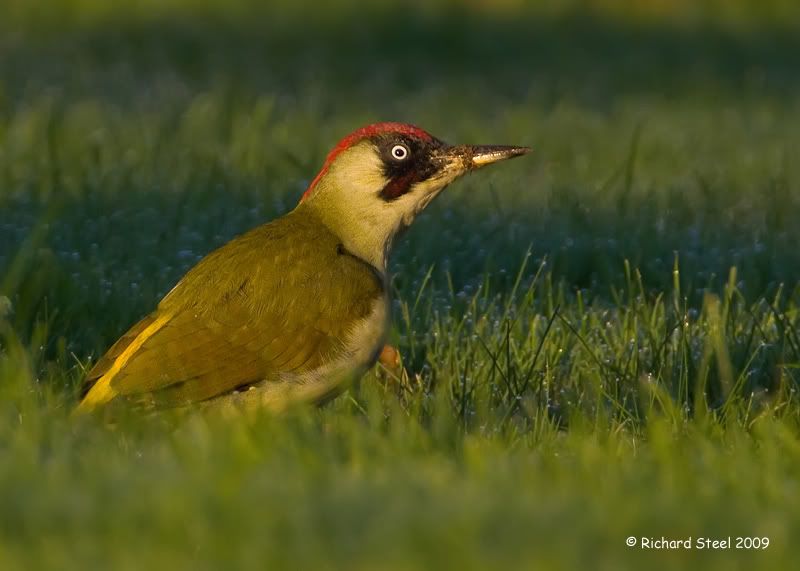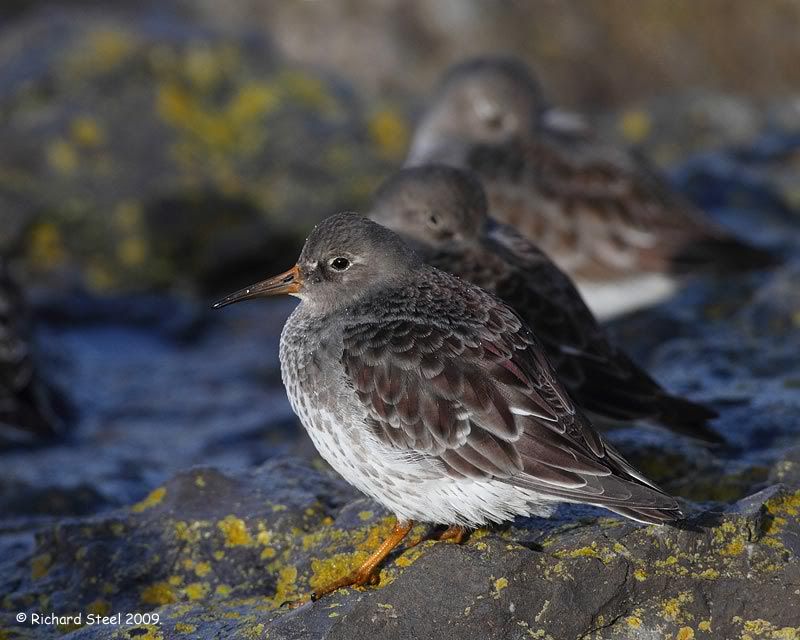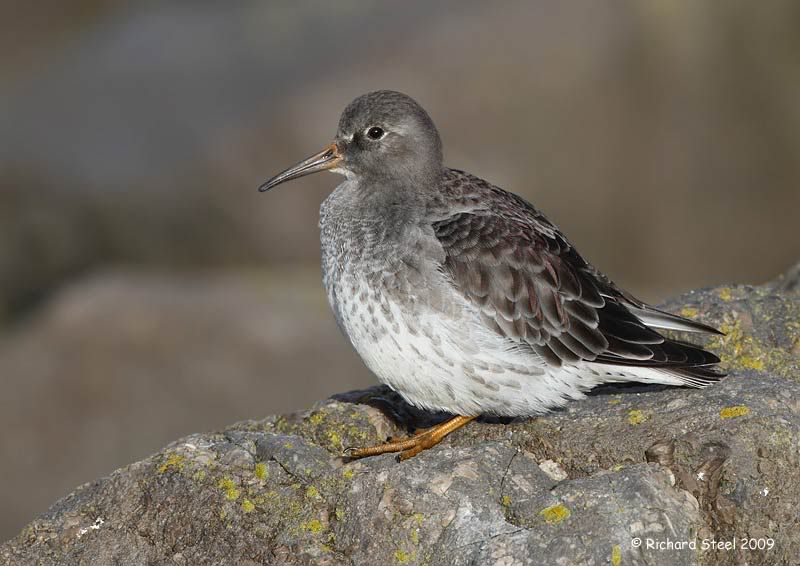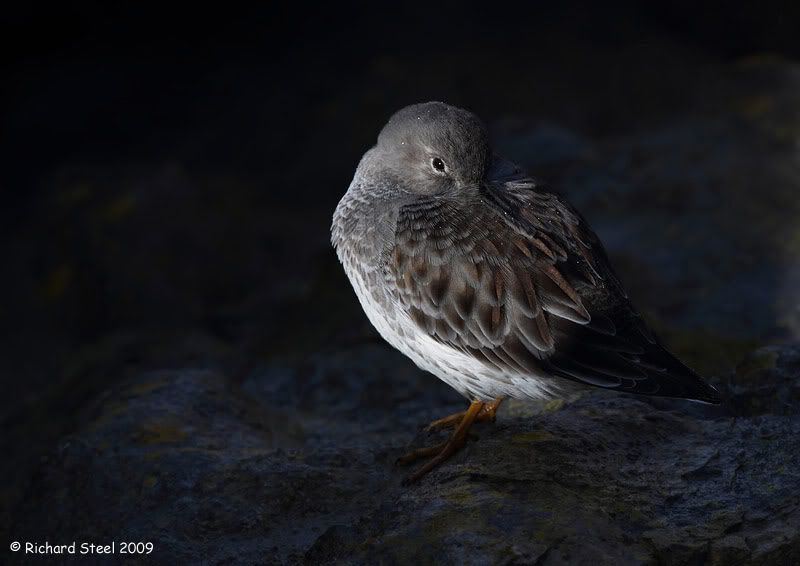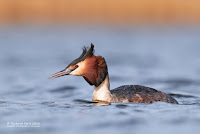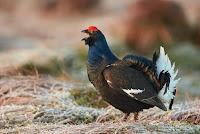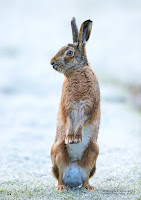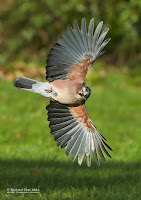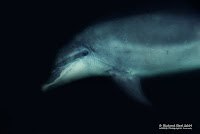Autumn Bounty
There has been a good crop of berries on the Rowan and Hawthorne trees this autumn which has coincided with an influx of high numbers of Fieldfare and Redwing streaming down from Scandinavia for the winter. I love both these species as they are colourful, energetic and a real challenge to photograph. I found a number of birds coming in to a tree like waxwings, descending in numbers, feeding quickly and returning to their perches in adjacent tall trees. The tree where they were feeding had the added advantage of a building behind to add some interesting colour to the background.
It is always tricky photographing birds feeding in this way and I usually wait until a bird lands on an outer branch to get photographers that tend to isolate the bird on a single branch. Easier aid than done though. Starting with he Fieldfares.
The birds show some fine acrobatics to reach some berries.
The redwing were less numerous and tending to stay towards te centre of the tree.
A bit of gentle wing flapping to hold position
Hopefully I will manage another session with these birds before they strip the trees clean, that is assuming of course it ever actually stops raining.
Saturday, November 28, 2009
Saturday, November 21, 2009
Beachcombers
The 'new bird species radar' started in to whirred into life recently with reports coming in of two shore larks, together with seven snow bunting, at Point of Ayr in North Wales. I decided this sounded worth a visit as even if the larks could not be located there was the fall back position of the bunting. I always get strange feelings when driving to try and photograph a new species or attempting to photograph a rare bird. The feelings are usually one of doubt that I will not be able to find the birds, if will they be approachable or that they may have already departed, which fortunately is usually proved wrong.
I arrived at the beach in some low winter morning sun and started my search along the beach to find the birds not being in the area they had been reported from the previous two days and so extended the search further along the beach. The two birds were duly located and as with any new species I decided to observe them for a while to work out the best approach. The' snow bunting tactics' looked the best method from how the birds were behaving. This involves watching which way the birds are foraging along the beach, sitting very quietly at distance and waiting for them to pass. This often results in some very close encounters as it did this time.
Despite being predominately brown the shorelark is a very attractive bird.
The birds were beach combing for seeds along the tideline debris which made getting them in a nice clean setting quite tricky.
One of the birds shaking down, no doubt to get some of the sand out of the feathers. There is one thing you can guarantee about beach photography is that the sand will get on and in to everything.
They would occasionally pause to have a good look around, a sensible precaution given the local peregrine hunting waders.
I decided I would shift position and when the bird went away on one of their routine flying laps, positioned myself in a small gully opposite a sand and gravel ridge with the sea behind to try and get a different background. Interestingly the background was changing between brown and blue and white as waves hit the shore but the move was worthwhile as it produced my two favourite images of this brief session.
Beautiful birds and one I am hoping to encounter next summer with a trip that is currently in planning.
The 'new bird species radar' started in to whirred into life recently with reports coming in of two shore larks, together with seven snow bunting, at Point of Ayr in North Wales. I decided this sounded worth a visit as even if the larks could not be located there was the fall back position of the bunting. I always get strange feelings when driving to try and photograph a new species or attempting to photograph a rare bird. The feelings are usually one of doubt that I will not be able to find the birds, if will they be approachable or that they may have already departed, which fortunately is usually proved wrong.
I arrived at the beach in some low winter morning sun and started my search along the beach to find the birds not being in the area they had been reported from the previous two days and so extended the search further along the beach. The two birds were duly located and as with any new species I decided to observe them for a while to work out the best approach. The' snow bunting tactics' looked the best method from how the birds were behaving. This involves watching which way the birds are foraging along the beach, sitting very quietly at distance and waiting for them to pass. This often results in some very close encounters as it did this time.
Despite being predominately brown the shorelark is a very attractive bird.
The birds were beach combing for seeds along the tideline debris which made getting them in a nice clean setting quite tricky.
One of the birds shaking down, no doubt to get some of the sand out of the feathers. There is one thing you can guarantee about beach photography is that the sand will get on and in to everything.
They would occasionally pause to have a good look around, a sensible precaution given the local peregrine hunting waders.
I decided I would shift position and when the bird went away on one of their routine flying laps, positioned myself in a small gully opposite a sand and gravel ridge with the sea behind to try and get a different background. Interestingly the background was changing between brown and blue and white as waves hit the shore but the move was worthwhile as it produced my two favourite images of this brief session.
Beautiful birds and one I am hoping to encounter next summer with a trip that is currently in planning.
Saturday, November 14, 2009
Rain and Flu
My photos activities during the last couple of weeks have been curtailed by a bad dose of flu and some grim autumnal weather. Unfortunately the brief appearances of sunshine do not seem to coincide with my moments of free time. I have managed a few grabbed photos here and there but could do with a good productive session somewhere.
The following photos have been taken in my local area. The Wirral is a wonderful place to live for a bird photographer as there are so many different birds available to photograph. Winter is my favourite time at least when the weather is kind.
For those interested in camera bodies the following photos were taken with the Canon 7D.
When times are tough the local sea gulls always provide good practice for flight photography.
Knot are obviously at their most spectacular in a large swirling flock but I think that the individual birds also have a certain appeal.
There are plenty of Oystercatchers around at the moment but mainly on the fields digging up earthworms.
The local model boating lake is full of Mute Swans, with this one taken as the sun had just disappeared at the end of the day.
A Barn Owl hunting voles out on the local salt marshes
To finish off this rather mixed post my local nemesis the Green Woodpecker. We don't have many of these birds locally and I have tried and failed on numerous occasions to photograph this particular bird but its extremely difficult to get anywhere close to it. This day I managed to catch it but still have not achieved what I am after with it. One day my perseverance will be rewarded!
My photos activities during the last couple of weeks have been curtailed by a bad dose of flu and some grim autumnal weather. Unfortunately the brief appearances of sunshine do not seem to coincide with my moments of free time. I have managed a few grabbed photos here and there but could do with a good productive session somewhere.
The following photos have been taken in my local area. The Wirral is a wonderful place to live for a bird photographer as there are so many different birds available to photograph. Winter is my favourite time at least when the weather is kind.
For those interested in camera bodies the following photos were taken with the Canon 7D.
When times are tough the local sea gulls always provide good practice for flight photography.
Knot are obviously at their most spectacular in a large swirling flock but I think that the individual birds also have a certain appeal.
There are plenty of Oystercatchers around at the moment but mainly on the fields digging up earthworms.
The local model boating lake is full of Mute Swans, with this one taken as the sun had just disappeared at the end of the day.
A Barn Owl hunting voles out on the local salt marshes
To finish off this rather mixed post my local nemesis the Green Woodpecker. We don't have many of these birds locally and I have tried and failed on numerous occasions to photograph this particular bird but its extremely difficult to get anywhere close to it. This day I managed to catch it but still have not achieved what I am after with it. One day my perseverance will be rewarded!
Saturday, November 07, 2009
Seeing Purple
A recent trip to the local shore found me looking on the rocks, that make up the sea defences, for roosting waders. It was a big tide which forces the birds up the rocks and closer to the camera. The sun shone but there was a near gale blowing onshore making holding the camera steady tricky and causing lots of airborne sea spray. Saltwater and electronics are a bad mix and if you are ever out in these conditions it pays to give the camera and lens a good clean on returning home.
As I looked out upon the waders the first that caught my eye were two redshank braced against the wind.
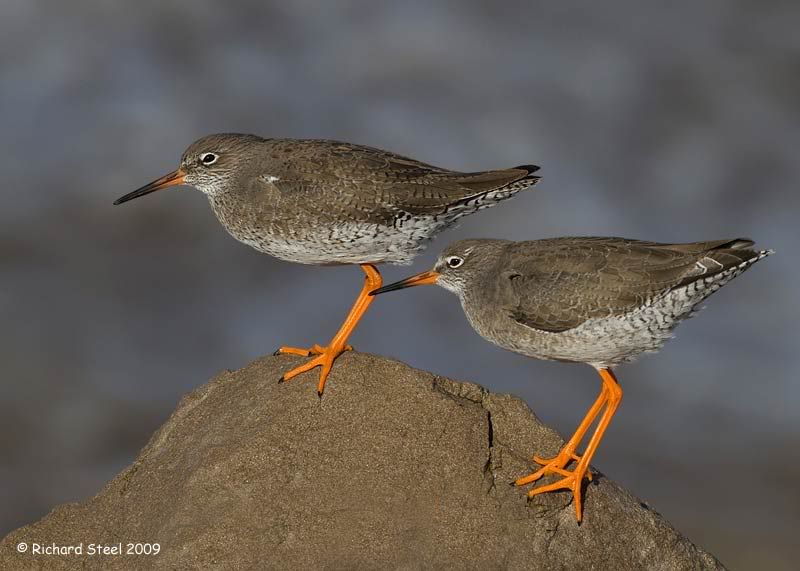
As I was looking through the groups of turnstones I started spotting purple sandpiper which I was not expecting as they usually appear a little later in the year. There were seven birds present so I spent the rest of the short session concentrating on them. These birds are well adapted to walking around over rocky habitat and seem quite comfortable perched on near vertical sides of rocks.
The name Purple sandpiper appears a bit misleading when you see these birds for the first time but with a bit of sunshine on the back feathers and all is revealed.
They are wonderful little birds and always a joy to photograph.
My favourite photo of the session is the last of this post. I love the mood and tranquility of this photo. The birds spend a great deal of time with the heads tucked over their backs in the roost position. I was trying to find an interesting photo of them in the roost position and noticed this bird standing in the shadow of the rocks and spotlighted by the sun appearing through a crack in the boulders.
A recent trip to the local shore found me looking on the rocks, that make up the sea defences, for roosting waders. It was a big tide which forces the birds up the rocks and closer to the camera. The sun shone but there was a near gale blowing onshore making holding the camera steady tricky and causing lots of airborne sea spray. Saltwater and electronics are a bad mix and if you are ever out in these conditions it pays to give the camera and lens a good clean on returning home.
As I looked out upon the waders the first that caught my eye were two redshank braced against the wind.

As I was looking through the groups of turnstones I started spotting purple sandpiper which I was not expecting as they usually appear a little later in the year. There were seven birds present so I spent the rest of the short session concentrating on them. These birds are well adapted to walking around over rocky habitat and seem quite comfortable perched on near vertical sides of rocks.
The name Purple sandpiper appears a bit misleading when you see these birds for the first time but with a bit of sunshine on the back feathers and all is revealed.
They are wonderful little birds and always a joy to photograph.
My favourite photo of the session is the last of this post. I love the mood and tranquility of this photo. The birds spend a great deal of time with the heads tucked over their backs in the roost position. I was trying to find an interesting photo of them in the roost position and noticed this bird standing in the shadow of the rocks and spotlighted by the sun appearing through a crack in the boulders.
Subscribe to:
Posts (Atom)

